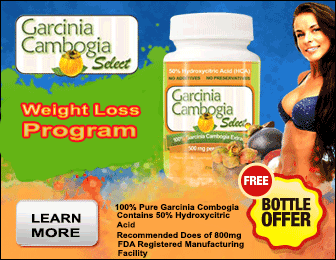The benefits of fruits and veggies consumption are all too well known. Fruit and vegetables are full of fiber, plus a whole range of vitamins and minerals. They also make an important and healthy part of any diet because they are quite low in calories.
Many scientific studies have reported that people who eat a lot of fruit and veggies may have a lower risk of getting illnesses.By consequence, the specialists recommend an intake of at least five portions of fruit or vegetables per person per day. This is to help reduce the risk of prostate cancer and some other malignant conditions, heart disease and many other chronic disorders. By a portion they mean an amount of 80gr.
A recent study based on data on more than 257,500 people from Europe, Japan and the US has concluded that consumption of more than the recommended five portions of fruit and vegetables a day can cut risk of stroke as well.
Very important is that study observations revealed that people who ate three to five portions cut the risk by 11 percent compared to those eating fewer than three. The explanation is very simple. By increasing from three to to five servings a day, people would increase the potassium intake by about 50 percent, and this mineral is suspected to be the most important factor in preventing stroke.
Valerian D is a freelance writer interested in health benefits of low fat diet and exercising








